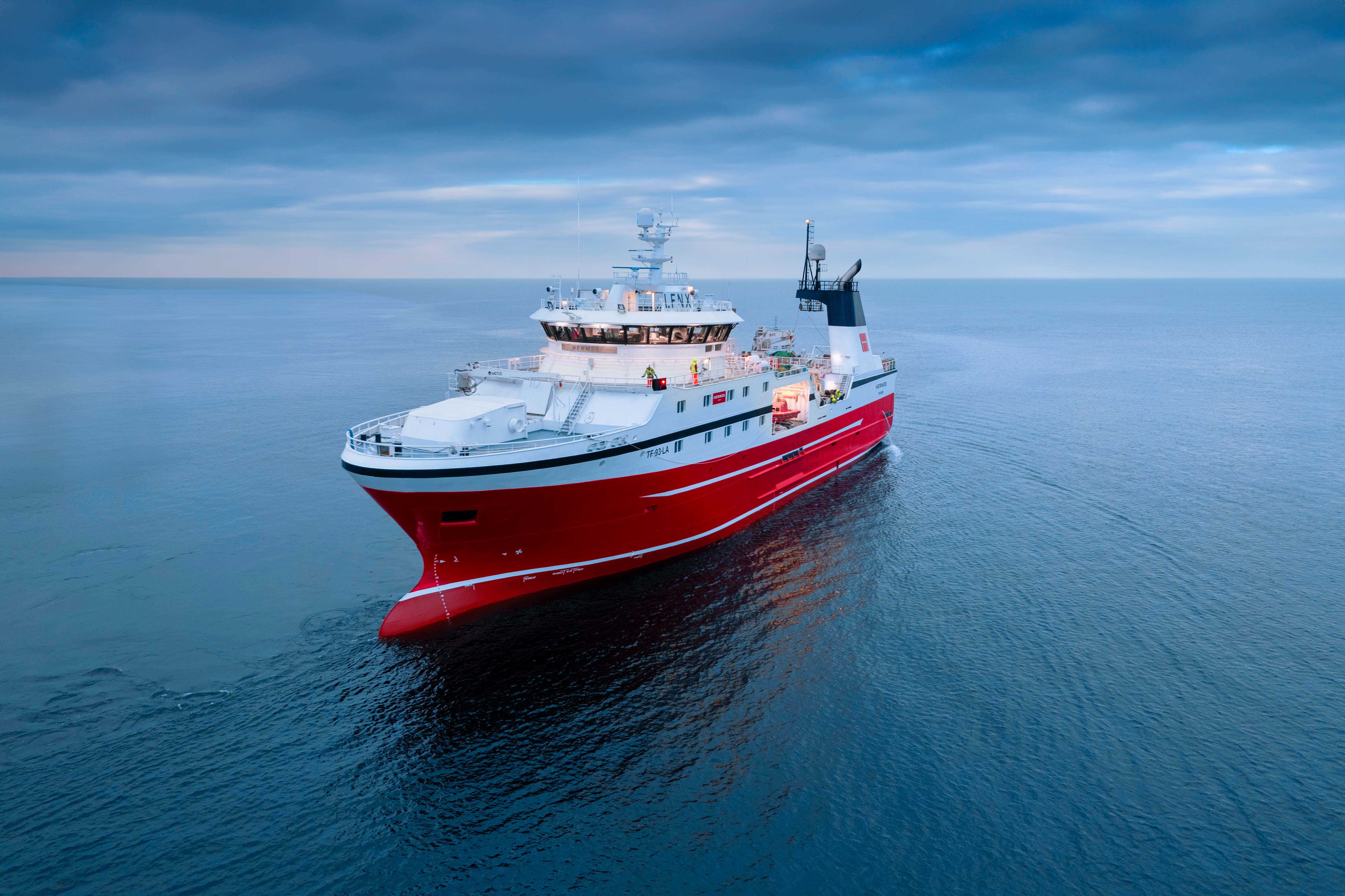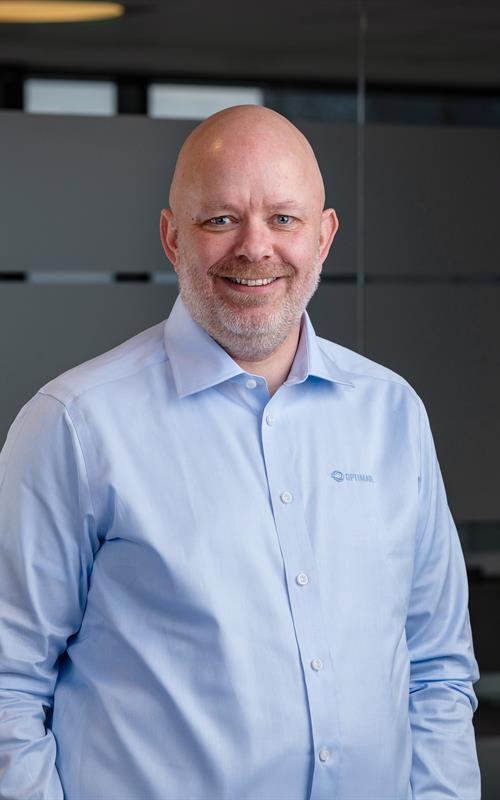
Complete control of the catch from sea to table – Hermes tests Catch ID in collaboration with Optimar
Jan Roger Lerbukt, the shipowner of the fishing vessel Hermes, has been in the fishing industry for many years. Now he's helping shape its future.
Together with Optimar, Hermes AS is testing Catch ID, a new system for tracking and identifying catch. The goal: automated catch registration for complete transparency of what's harvested from the ocean, enabling a better basis for decision-making.

Hermes – a modern fishing vessel at the forefront of next-generation catch registration. Foto: Hermes AS.
A pilot project with significant potential
“We were invited to join the Catch ID project about a year and a half ago,” says Jan Roger. The Norwegian Directorate of Fisheries was looking for a vessel and a supplier to participate in the testing. The choice fell on Hermes and Optimar.
With extensive experience in the fishing industry, Jan Roger Lerbukt is very familiar with the challenges related to reporting, quality, and efficient operation. He recalls: “When the project advanced to the next stage, we were asked if we were still interested - and we certainly were. Optimar already had the factory layouts, knew the vessel well, and completed the Catch ID installation in just three days.”
“Downtime during installation is often the biggest cost, and this was down to a minimum,” Jan Roger Lerbukt emphasizes.
As authorities, markets, and consumers impose increasingly strict demands for documentation and sustainability, the need for digital solutions has grown. A key objective of the Catch ID project is achieving automated catch data registration with close to 100% accuracy in species recognition and volume, right when the fish comes aboard. The system helps reduce misreporting and enhances trust in the fishing industry through automatic data collection and real-time transmission to authorities.
Manual catch reporting leaves room for uncertainty
Currently, much of quota and catch reporting in the fishing industry is based on manual entry and weighing after the catch has been gutted and prepared for delivery, creating room for inaccuracies and delays.
The catch undergoes many steps before it's weighed and reported. “We report our catch multiple times daily, but it might take weeks before the fish is actually unloaded,” Lerbukt explains.
“This system can help document that we are not fishing endangered species and that we handle the catch correctly, which can increase trust in the industry.”
Catch ID and collaboration with Optimar
Catch ID was installed between the storage tanks and the gutting machines. When fish come aboard, they pass through a stunning system and into Catch ID, where they're photographed and registered, before moving on to the gutting machine.
The solution combines artificial intelligence and machine vision to recognize species and weight, enabling real-time registration and potentially continuous quota reconciliation. The system is designed to transmit data directly to authorities and provide shipowners with real-time insights. The Vision Grader and Counting System components together form the foundation of a comprehensive catch registration tool central to the digital future of fisheries.
“We've experienced no bottlenecks or additional measures needed from our side. The installation has made us more efficient, thanks to the stunning device included in the solution, something we didn't previously have. Now, we can start processing the fish almost immediately after it is brought on board, boosting productivity and quality.”
Currently, the system captures images and collects data, but its potential is much larger. “If we eventually can use this data to automate other factory operations, like automatically adjusting the gutting machine based on the incoming species, it could represent a quantum leap for the factory,” Lerbukt says.
Catch data and sustainability in practice
Catch ID allows for enhanced documentation. Jan Roger believes this can significantly influence industry perception:
“If this can be used in the context of documentation, for ESG-purposes, sustainable harvesting, and similar purposes, it clearly could strengthen the industry’s reputation, nationally and internationally,” he notes.
He also emphasizes their willingness to participate in development projects like this, and that testing new technologies is something they are positive about.
“We’re curious about new technology and keen to contribute. It's positive for the whole industry.”
Catch ID strengthens both operations and documentation:
Immediate catch data: Registers species, weight, and volume right away
Precise reporting: Improved basis for quota reconciliation
Documented sustainability: Demonstrates avoidance of endangered species
Traceability: Documents where, when and by whom the catch was harvested
The road ahead: From testing to standard?
Although Catch ID remains in the pilot phase through 2025, Lerbukt sees great potential. “If it proves to deliver real value, I believe this will become the industry standard - not because it is required by law, but because it makes sense for the industry.”
He underscores the ongoing need for testing and development. “We must see a clear correlation between Catch ID’s registrations and what we actually deliver. But I'm optimistic about the project.”
By 2030, digital catch registration systems will become even more critical to meet regulatory demands and expectations for transparency in the seafood industry. Catch ID was developed precisely with this goal in mind: automatic catch data registration, real-time species recognition, and contribution to quota accounting and official reporting.
Hermes serves as a pilot vessel in this project, and the insights gained here will be crucial for shaping future developments ahead of full-scale implementation.

